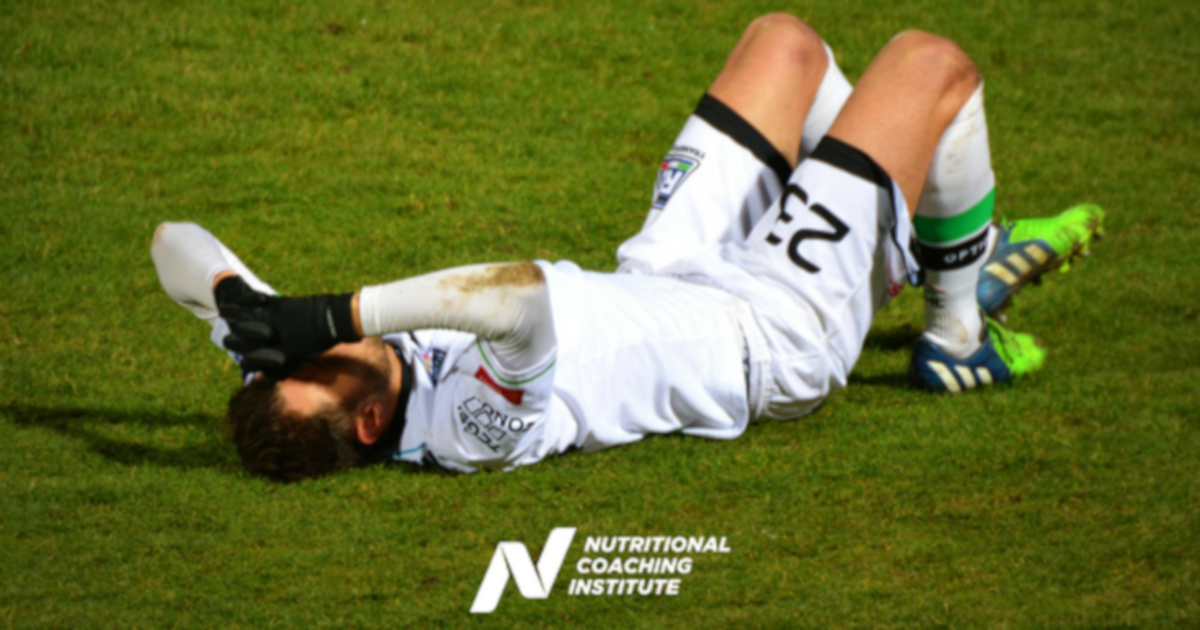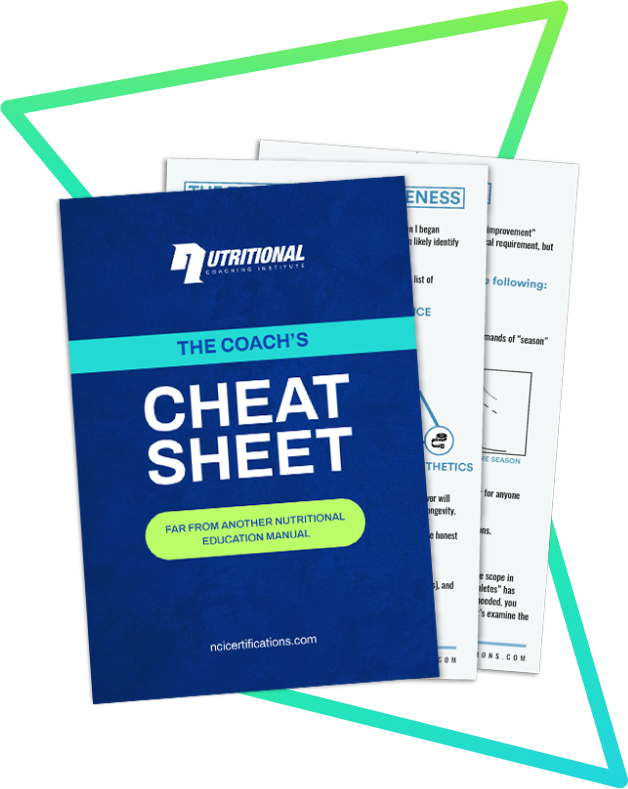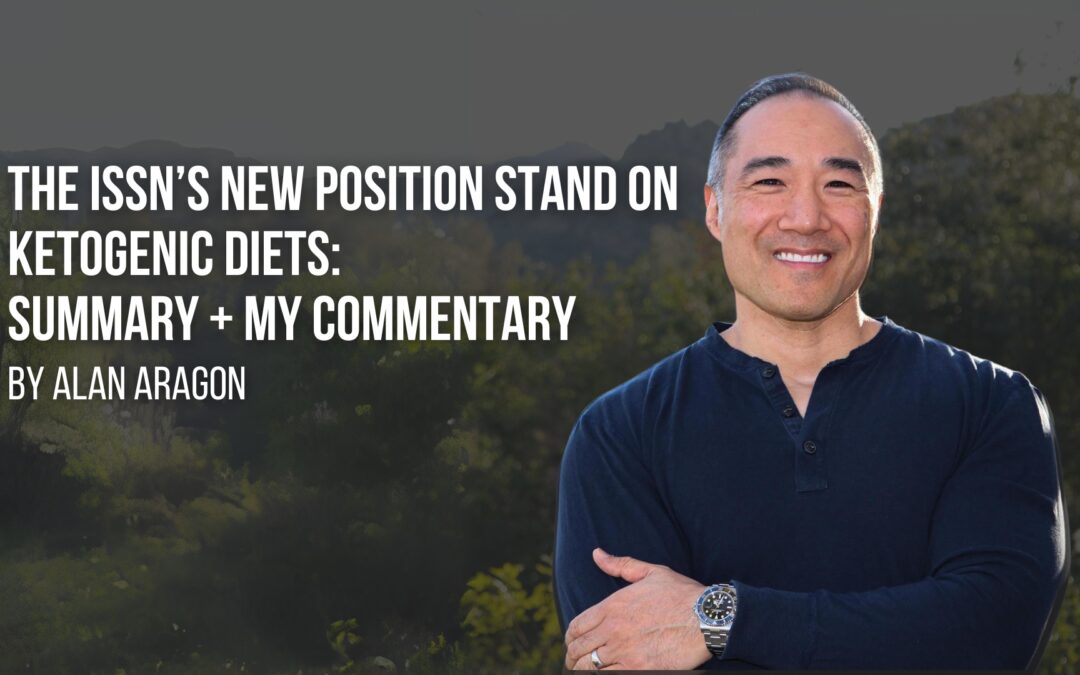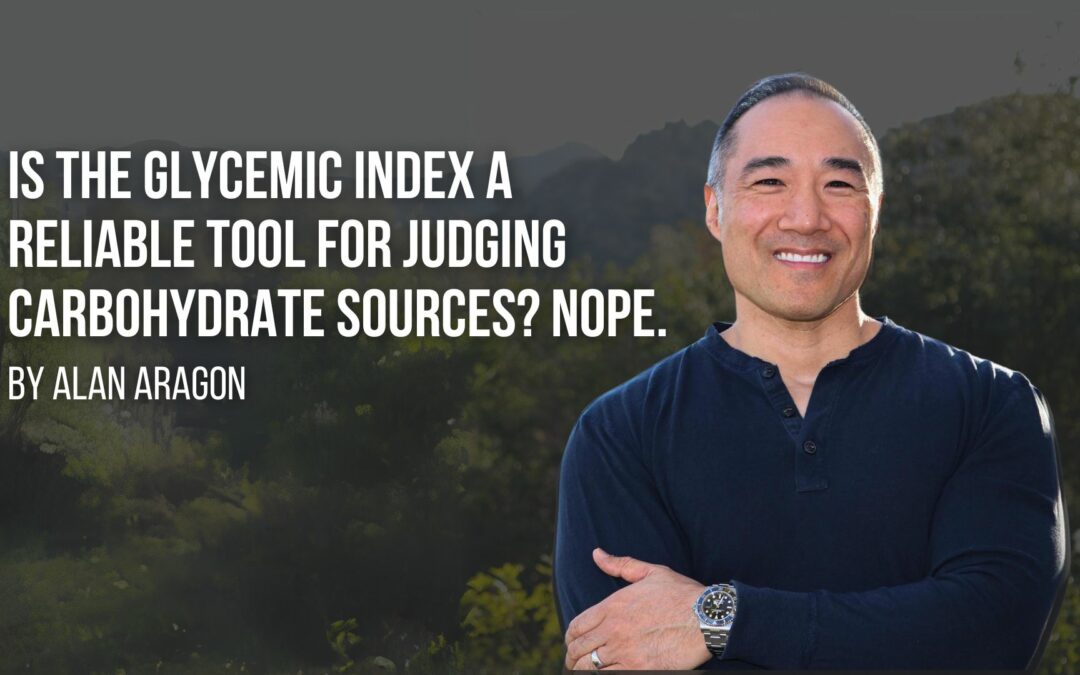Do you remember the first time you got hurt? Not just a cut, but really hurt. Everyone in school signed your cast, your parents took you out for whatever you wanted to eat, and you had a cool story to tell to all your friends while they showered you with attention. Now think about the last time you got hurt in your adult life. It probably didn’t contain that same element of feeling “special” and spoiled, rather you had a big co-pay, time off work, couldn’t work out, and felt like crap. Accidents happen. But there are a few tactics one can do to accelerate the healing process and it all has to do with what you eat.
Traumatic injuries have two phases: Ebb and flow. During the Ebb phase, there’s decreased cardiac output, decreased oxygen consumption and lower production of insulin (1). Think: maintaining reserves.
The Ebb phase is quickly followed by Flow phase – all of your functions return with greater intensity. Adrenals release catecholamines in response the stress which increases the metabolism by up to 150% (depending on the type and severity of the injury) This leads to muscle catabolism and loss of lean body tissue and increased emphasis on proper nutrition (1).
So, what should one eat if they’re hurt? As a kid, probably ice cream and all the junk food you want because your parents just wanted you to feel better. As adults, we know that’s not an ideal choice.
Well, what the injury is may play a role in what the right thing to eat is.
Bone Injury
Bone stress injury results when there is a temporary disturbance in the equilibrium between bone resorption and bone formation. Running is the activity most commonly associated with stress fractures, but this type of injury is certainly not exclusive to running alone (2).
Bone density is one of the greatest risk factors related to fractures. Other risk factors include small calf girth and low aerobic fitness. Know anyone with big calves? They just reduced their risk of breaking bones! Genetic factors account for 60-80% of skeletal mass with the remaining 20-40% by environmental like hormonal status, weight-bearing exercise, and calcium nutrition (2). That means 40% of one’s bone density is determined by their own choices.
If you’re reading this, odds are you or someone you work with already includes weight-bearing exercise in their daily routine, but just how much calcium are they getting? Studies on the effects of calcium have shown a positive linear correlation between calcium levels and bone density. Athletes with stress fractures had lower calcium intake compared to athletes without stress fractures. The recommendations for calcium intake are the age-appropriate guidelines supplemented with an additional 1500mg a day for athletes (2).
Guess what helps aid Calcium absorption…Vitamin D. If you aren’t lucky enough to live near the equator, try eating mushrooms, fortified foods, and egg yolks. Try to get in the range of at least 400IU in addition to calcium. While Calcium is the most abundant mineral in the body, phosphorus comes in a close 2ndand plays and exits primarily in bone and teeth, aiding bone mineralization. The best amount to aid with bone strength is 700mg and is luckily found abundantly in meat, milk, fish, and dairy. Alternative sources for the vegans out there include beans lentils nuts and whole grains. Your bones will thank you.
Head Injury
If the NFL has taught us anything, head injuries are bad. Your nutrition client may not be Rob Gronkowski, but if one were to ever sustain a head injury, high protein and high calorie may be the most effective treatment in preventing further damage. One of the earlier experiments of its kind examined the effect of nutrition on 58 patients with serious head trauma. 28 patients were randomly assigned to receive enteral nutrition support and 23 to receive parenteral nutrition support. The enteral formula was composed of 17% Protein, 41% fat, 42% carbohydrate. The parental formula was composed of 22% Protein, 40% fat, 38% carbohydrate (3).
The higher protein group showed a greater positive effect on healing and a greater positive effect on the nitrogen balance indicating healing was faster. For head injury, greater protein and higher calorie when delivered immediately after trauma had a greater impact on healing and nutritional status compared to delaying treatment with lower calorie, lower protein composition (3). The recommended amounts of protein during head injury was between 1.5-2.2gm/kg (4). For a 180 lb client, this would mean 122-180 grams of protein would be more effective when following an injury to lead to a faster recovery.
Other Injury and Trauma
Athletic injuries are certainly not limited to hitting your head or breaking a bone. Sprains, ligament tears, deep bruising… the list goes on and isn’t isolated to one independent injury like that of a break or head trauma. Besides the pain and swelling, there are a few means of measuring the extent of your injury which would determine the next steps in nutritional intervention.
One measurement is serum creatinine, normal levels are 0.6-1.4mg/dl. Creatine is the most abundant extractive of muscle and more than 95% of total body content. It’s converted to creatinine and excreted in urine (1). The rise in plasma creatine is greater after injury, suggesting a rapid release of creatine from muscle cells, which is then excreted in urine at creatinine. After working hard for all that muscle, you deserve to keep it where it belongs; in your t-shirt (5). The greatest sources of creatine include organ meats, shoulder cuts, red meat, poultry, and fish.
A second measurement is Nitrogen balance – how much you excrete compared to how much you ingest. A negative nitrogen balance suggests an erosion of body protein, which happens during injury. Foods have a “score” indicating their biological value; how much of the nitrogen is retained and used by the body. Eggs have the highest score of 100 meaning 100% of the nitrogen in the protein is retained and utilized. Other high BV foods include whey protein, soybeans, quinoa, cheese, rice and milk, chicken and beef. This array of foods, fortunately, provides options to suit the needs of vegetarians, vegans, and carnivores.
Glutamine is the most abundant amino acid in the blood and is used in to make proteins. The most relevant glutamine-producing tissue is muscle mass, accounting for about 90% of all glutamine synthesized (5). The most eager consumers of glutamine are the cells of intestines, the kidney cells for the acid-base balance, and activated immune cells.
Although the body is able to synthesize glutamine, in states where tissue is being built or repaired, like healing from wounds, glutamine is essential. Cabbage, broccoli, Brussel sprouts for the vegetarians and vegans. For others, bone broth, beef, chicken, eggs, and dairy. 14gm a day is best (1).
Humans are equipped with an amazing immune system that fights to heal us when we’re hurt. Injury makes people susceptible to infections, and nobody wants that! Cytokines are cell signaling molecules that aid cell communication in immune responses. Selenium is a mineral that may decrease the effects of inflammatory cytokines that increase inflammation during injury. Selenium is needed in the amount of 55 micrograms a day (very small amount). If working with anyone with an injury, suggest brazil nuts, eggs, turkey, beef, beans, and spinach.
Vitamin A is needed for T Lymphocyte functions and antibody responses to infections. T cells assist other white blood cells in immunologic processes including production of cytokines that regulate or assist in the active immune response like killing bacteria/germs that make people sick (1). Where do you get that? Think Orange. No, not Cheetos. Carrots, mango, sweet potato, squash, and even liver!
Accidents happen, and people get hurt. Let HMO cover the doctor visits, but these nutrient interventions will equip you as the coach to make an ideal grocery list for the injured client.
References
- Mahan LK, Escott-Stump S. Krauses Food & Nutrition Therapy. St. Louis, MO: Saunders/Elsevier; 2008
- Nattiv A. Stress fractures and bone health in track and field athletes. Journal of Science and Medicine in Sport. 2000;3(3):268-279
- Young B, Ott L, Twyman D, et al. The effect of nutritional support on outcome from severe head injury. Journal of Neurosurgery. 1987;67(5):668-676.
- Sullivan PG, Geiger JD, Mattson MP, Scheff SW. Dietary supplement creatine protects against traumatic brain injury. Annals of Neurology. 2000;48(5):723-729.
- Cuthbertson DP, Fell GS, Smith CM, Tilstone WJ. Metabolism after injury. 1: Effects of severity, nutrition, and environmental temperature on protein potassium, zinc, and creatine. British Journal of Surgery. 1972;59(12):925-931.





